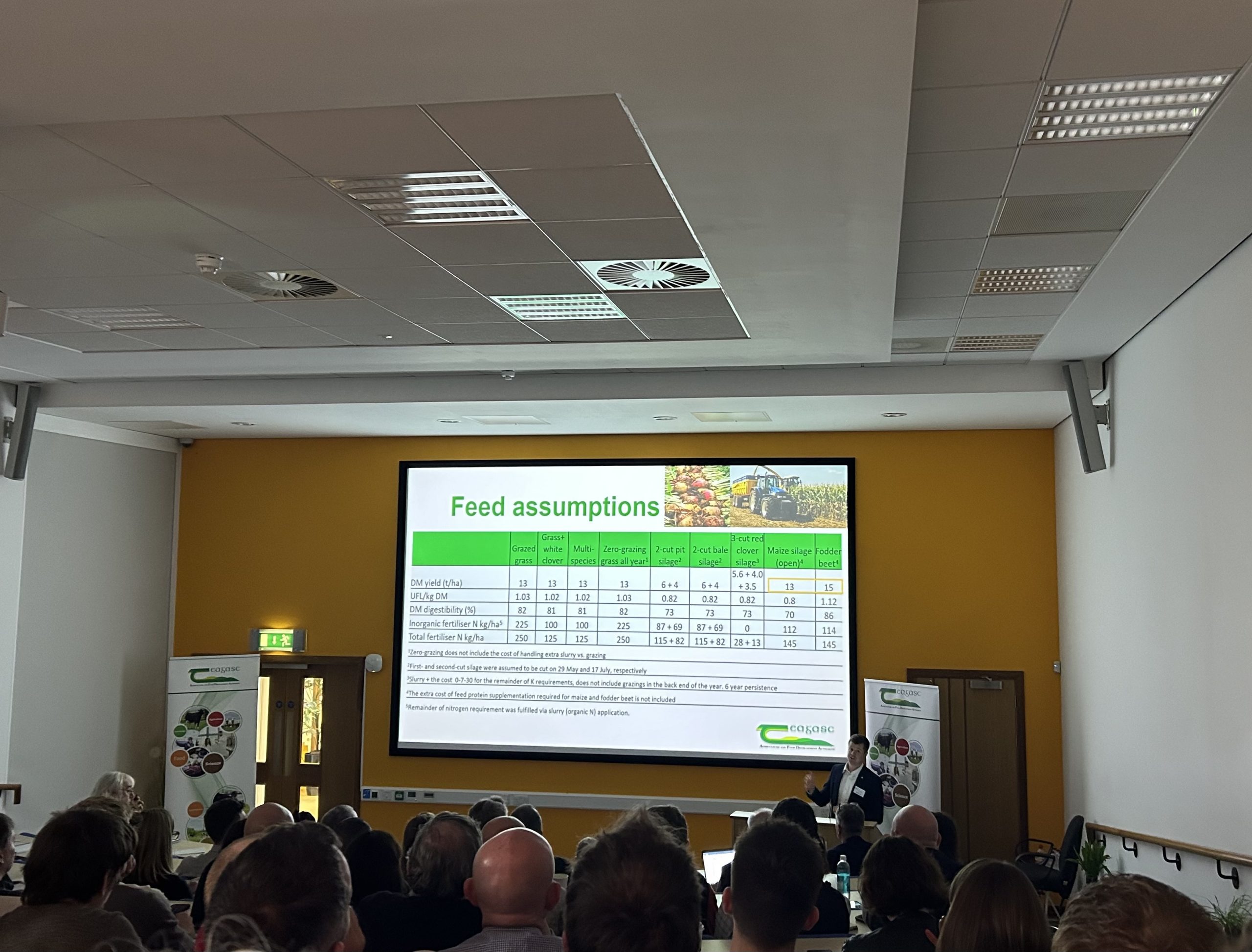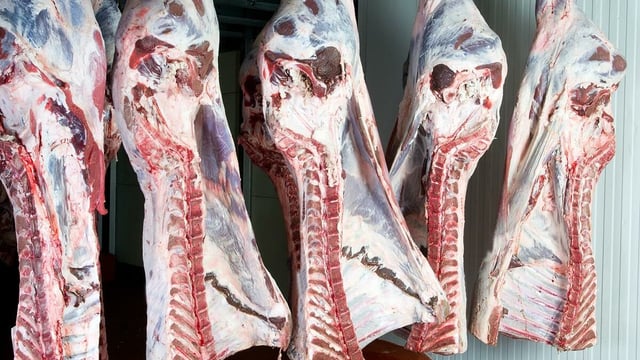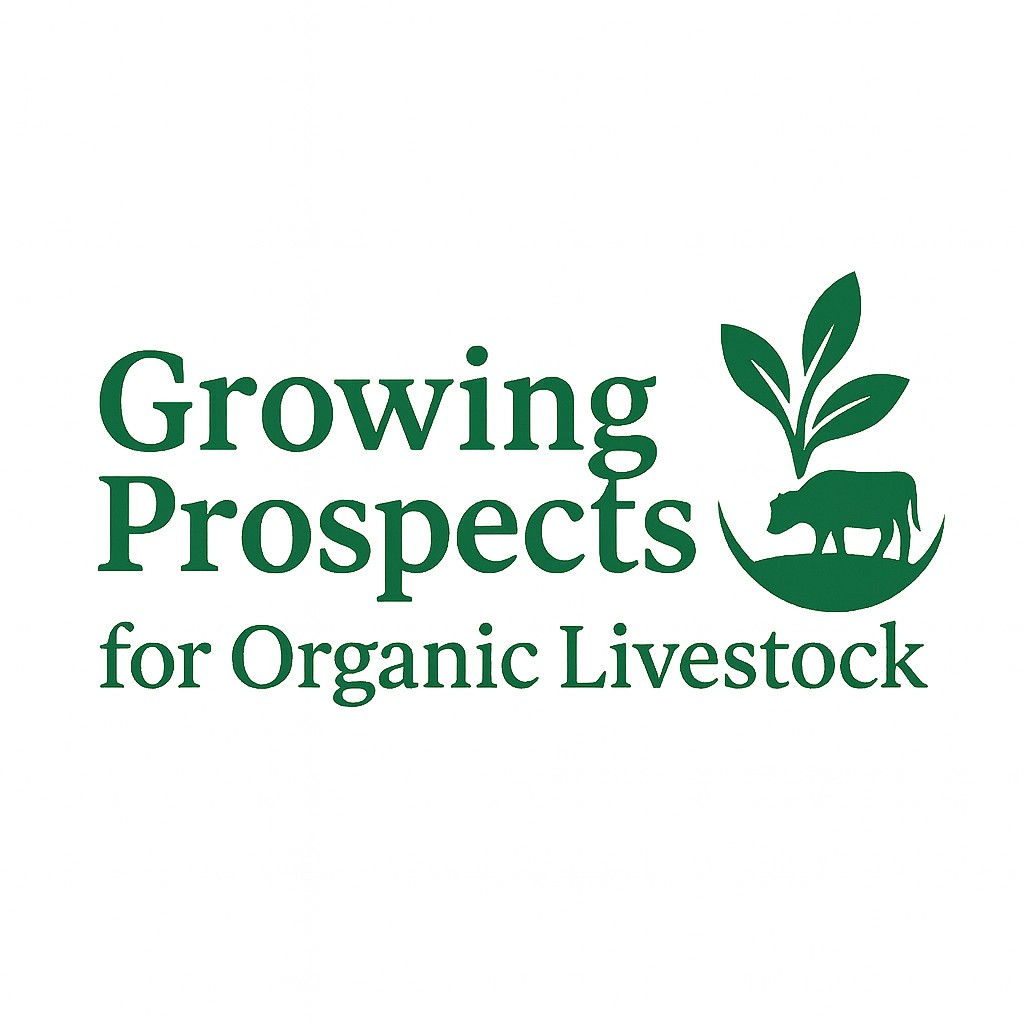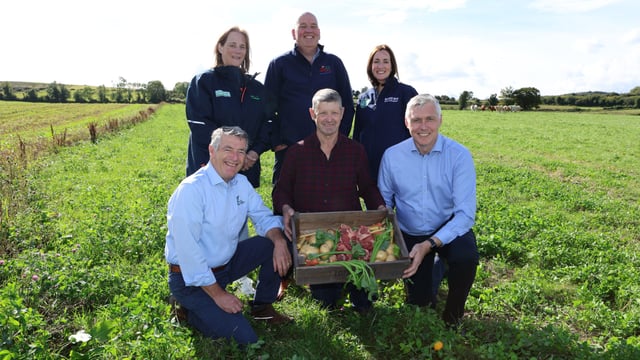Are changing weather patterns & policy going to affect feed costs?
Changing weather patterns and policies are going to have a serious impact on feed costs, as they will affect how farmers graze grass.
This, as well as derogation, will cause increased land rental, difficulties utilising grass and increased feed input.
An advantage we have in Ireland, is our ability to turn grazed grass into high quality milk, and our ability to utilise the grass for the majority of the year.
However, we have seen this become increasingly difficult in recent years, with elongated winters and poor grass growing months during mid-summer and wetter shoulders of the year.
The nitrates derogation has also been applying pressure on farmers and has been affecting stocking rates on farms, which means that many farmers have been renting additional land or decreasing cow numbers, making it more difficult to utilise grass.
When you are not able to farm the same amount of cows on the land, the land is not as profitable, and renting additional land is not cheap - so, farmers have to consider their options before opting for renting land to keep cows.
Fragmented ground is also a lot more difficult to manage, meaning grass is going to be hard to manage which may lead to rectifying quality with costly machinery and diesel and may lead to additional feeding on the home platform to carry the number of cows.
Input prices in the dairy sector have been very volatile - therefore, it has been extremely difficult for producers to assess the cost of producing feed.
Future changes in market prices, policy, weather events and plant breeding will further shift the cost of home-grown feeds.
To overcome this, farmers need to identify resilient home-grown feed that are less prone to volatility in a world where policy is always changing and the grazing season is unpredictable.
An agro-economic simulation model, 'Grange Feed Costing Model' was developed to quantify the impact of management, market and biological factors on the production costs of livestock feed.
This model was highlighted by Peter Doyle of Teagasc at the Grassland Climate Adaptation Conference at the Teagasc Animal and Grassland Research and Innovation Centre, at Moorepark in Co. Cork.
The model assessed all the different feedstuff and the various cost associated with producing these feeds, including processing; storage; feed-out costs; reseeding costs; the utilisation; harvesting costs; fertiliser costs, and machinery/contracting costs.

All of the different feedstuffs were put into a sensitivity analysis to evaluate the impact of a 20% change in dry matter (DM) yield and fertiliser, machinery contractor and land rental prices on feed costs.
Grass with white clover remained to be the cheapest feed resource for Irish livestock farms and this trend will continue into the future.
From the sensitivity analysis, it showed that increase in future input costs will further increase the cost competitiveness of grazed pasture.
Therefore, management practices that maximise the proportion of grazed grass in the diet of ruminants will help to reduce the feed costs on farms.
This means that with unpredictability in weather and stagnated growth rates will lead to a reduced proportion of grazed grass in the ruminant diet which will significantly increase costs.
This further emphasises the point that farmers need to match their stocking rates with the amount of grass the farm can grow to produce milk in the most cost-effective way.
Before worrying about cow numbers and grass growth, farmers need to ask themselves the following:
- Am I stocked according to grass growth?;
- Am I feeding too much supplements to keep cows going?;
- Am I utilising up to 85% of my grass on the home block?;
- Do I need extra land when land is expensive and not as profitable?;
- Is it going to pay to keep on extra cows and rent land?;
- Am I incorporating legumes into my grass?
Farmers have been renting land to keep on cows when they are quite over stocked anyways and this has led to the increase in zero-grazing.
Zero-grazing has grown in popularity due to more and more farmers having fragmented land due to the nitrates derogation and this study has shown that zero-grazing is one of the most expensive methods of feeding cows.





